Choosing the right **target darts flights sizes** is crucial for achieving consistent dart trajectories and improving your scoring ability. This article will break down the different **dart flight** shapes, materials, and how they affect your dart’s flight path, helping you find the perfect fit for your throwing style. We’ll also explore the impact of related elements like **dart stems** and **dart weight**.
⚠️ Still Using Pen & Paper (or a Chalkboard)?! ⚠️
Step into the future! The Dart Counter App handles all the scoring, suggests checkouts, and tracks your stats automatically. It's easier than you think!
Try the Smart Dart Counter App FREE!Ready for an upgrade? Click above!
Understanding Target Darts Flights Sizes and Shapes
The **shape of your dart flight** dramatically affects its aerodynamic properties. Different shapes create varying amounts of drag and lift, impacting how your dart travels through the air. Let’s explore some common shapes:
- Standard Flights: These are the most common and largest **dart flights**. They offer maximum surface area, creating significant drag and stabilizing the dart quickly. Ideal for beginners or players who prefer a slower, more controlled flight.
- Slim Flights: As the name suggests, slim flights are narrower than standard flights. This reduces drag, allowing the dart to fly faster and straighter. They’re a good choice for players with a more powerful throw and those looking for tighter groupings.
- Kite Flights: Kite flights are a hybrid shape, offering a balance between standard and slim flights. They provide good stability and a decent speed, making them a versatile option for various playing styles.
- Teardrop Flights: Teardrop flights are rounded and compact, offering less drag than standard flights but more than slim flights. They tend to fly at a slightly higher angle.
- Vortex Flights: Designed for maximum speed and minimal drag, vortex flights are usually very small and streamlined. Best suited for experienced players with a consistent and accurate throw.
Experimentation is key to finding the best shape for you. Consider your throwing style, grip, and the weight of your darts.
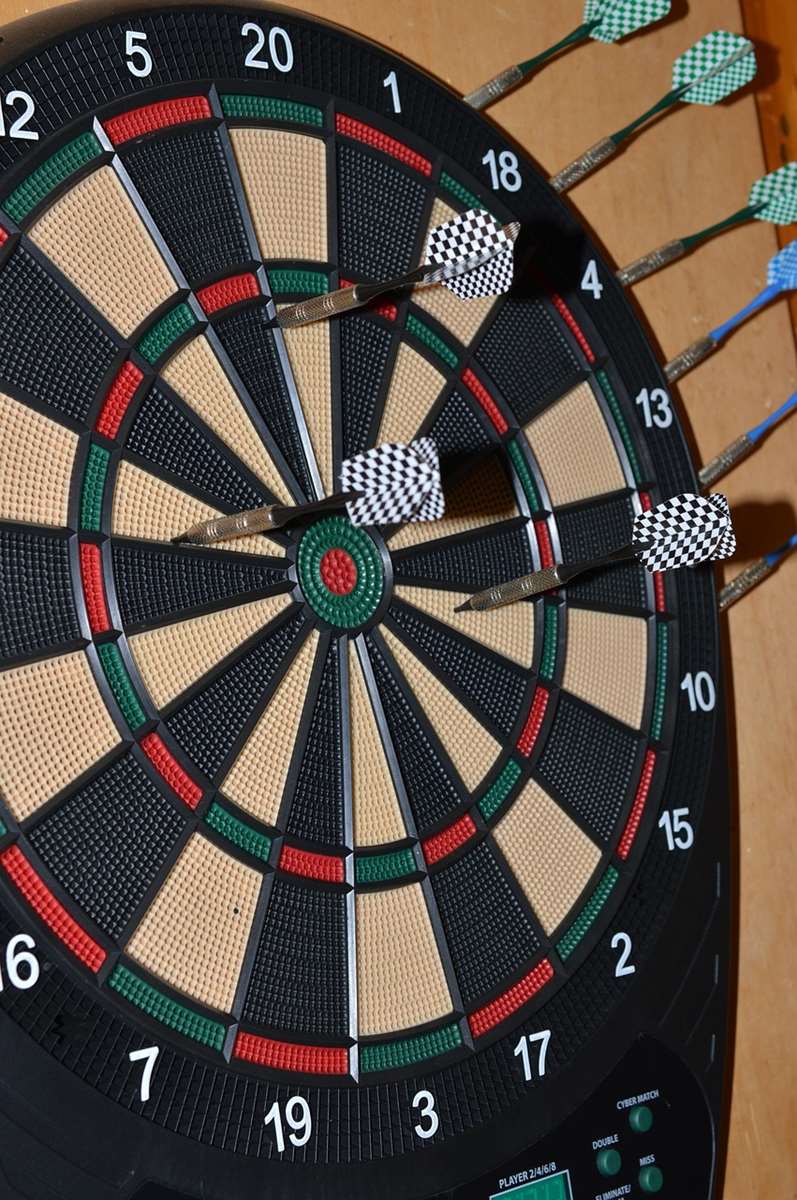
Materials Matter: Dart Flights Construction
**Dart flight material** also plays a significant role in performance and durability. The most common materials are:
- Polyester: Polyester flights are durable and relatively inexpensive. They are a good all-around choice for recreational players.
- Nylon: Nylon flights are slightly more flexible than polyester, offering good performance and value.
- Plastic/Mylar: These are thin and lightweight, often found on cheaper darts. They are less durable than polyester or nylon.
- Dimplex: Flights that use a dimpled surface like a golf ball to supposedly increase accuracy.
Consider your budget and playing frequency when choosing a material. If you play frequently, investing in more durable flights will save you money in the long run. You may want to consider exploring other aspects as well, such as how to dartboard entkoppeln to reduce vibration.
Matching Target Darts Flights Sizes to Dart Weight
The weight of your darts should be considered when selecting the **size and shape of your flights**. Generally, heavier darts require larger flights for stability, while lighter darts can benefit from smaller, more streamlined flights.
- Heavy Darts (24g+): Standard or kite flights are often a good choice for heavier darts, providing the necessary drag to keep them stable in flight.
- Medium Darts (21-23g): A variety of flight shapes can work well with medium-weight darts. Experiment with slim, kite, or teardrop flights to find your preference.
- Light Darts (20g and under): Slim or vortex flights can help light darts fly faster and straighter.
This is not a hard-and-fast rule, but a good starting point for your experimentation.
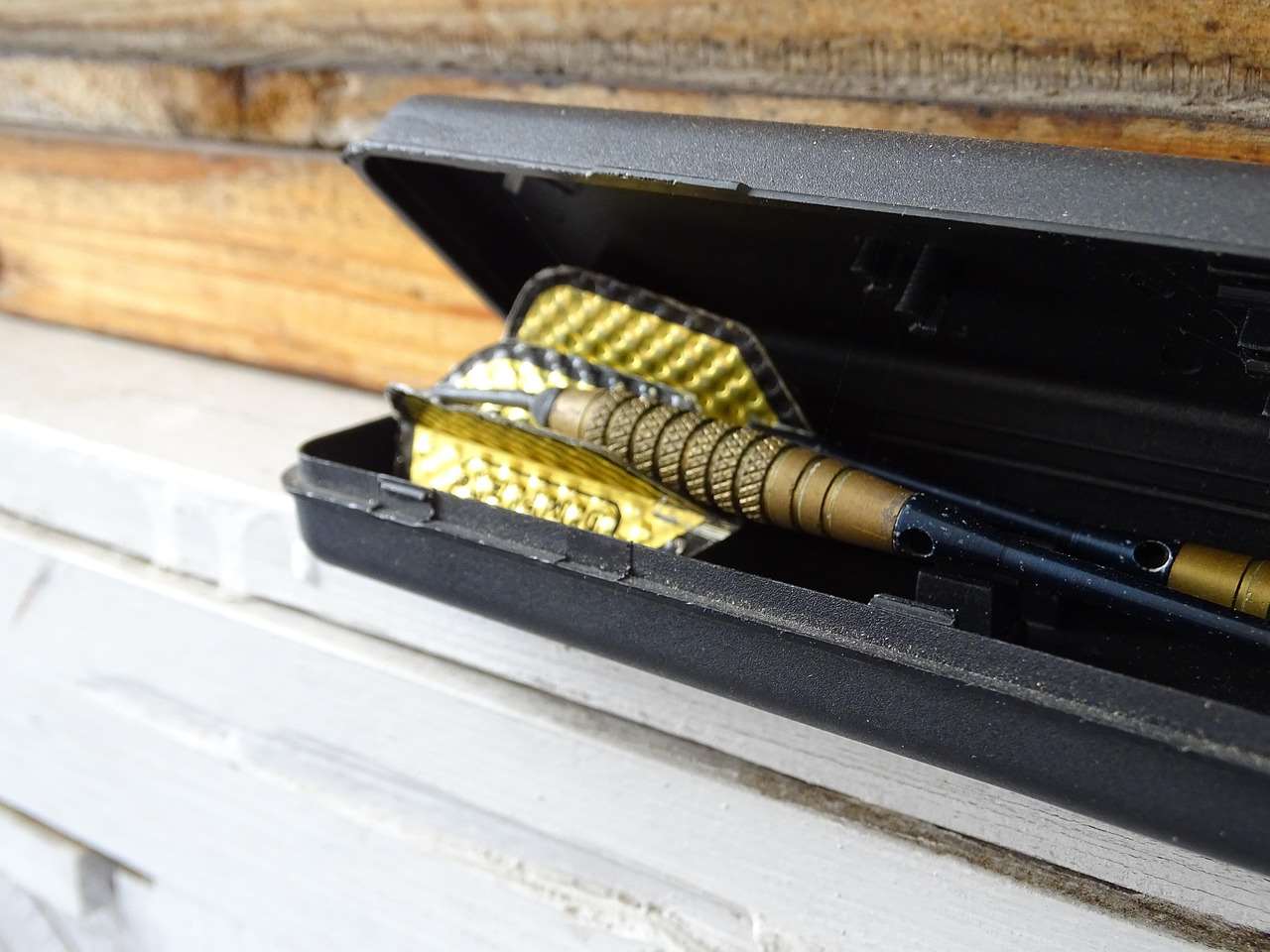
The Impact of Dart Stems on Flight Performance
While we’re focusing on **target darts flights sizes**, it’s impossible to ignore the role of **dart stems** (also known as shafts). The length of your stem affects the dart’s balance and angle of entry into the board.
- Short Stems: Short stems shift the dart’s center of gravity forward, resulting in a flatter trajectory and less wobble.
- Medium Stems: Medium stems offer a balance between control and stability, suitable for many playing styles.
- Long Stems: Long stems shift the dart’s center of gravity backward, creating a more arcing trajectory and potentially more wobble.
Experiment with different stem lengths in conjunction with different flight shapes to fine-tune your dart’s flight path. If you are looking for new barrels, you can find barrel only darts to customize your setup.
Flight Angle and Trajectory: Adjusting for Your Throw
Observing your dart’s angle as it enters the board can provide valuable insights into whether your **target darts flights sizes** and stem combination are optimal. Here’s what to look for:
- Nose Up: If your dart consistently enters the board with the nose pointing upwards, you may need a larger flight or a longer stem to add stability.
- Nose Down: If your dart consistently enters the board with the nose pointing downwards, you may need a smaller flight or a shorter stem to reduce drag.
- Sideways: If your dart is wobbling or entering the board sideways, it indicates instability. Experiment with different flight shapes, sizes, and stem lengths to find a more stable setup.
Consider seeking input from experienced players or a darts coach for personalized advice.
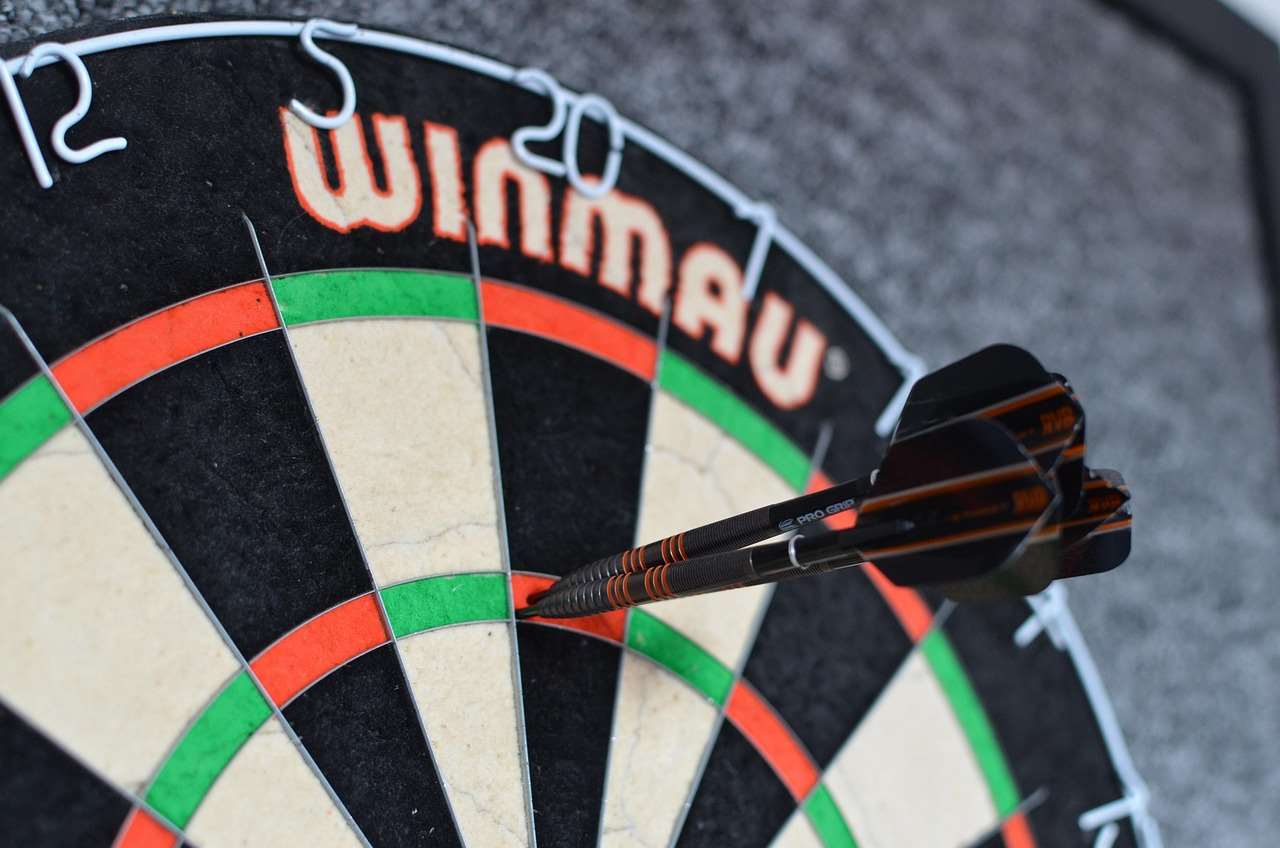
Durability and Maintenance of Dart Flights
Even the best **dart flights** will eventually wear out. Regular maintenance can extend their lifespan and ensure consistent performance. Here are some tips:
- Check for Tears and Damage: Regularly inspect your flights for tears, creases, or other damage. Replace damaged flights immediately.
- Clean Your Flights: Dust and dirt can accumulate on your flights, affecting their aerodynamic properties. Clean them periodically with a damp cloth.
- Use Flight Protectors: Flight protectors are small metal or plastic caps that fit over the ends of your flights, preventing them from being damaged by incoming darts.
- Rotate Your Flights: If you play frequently, rotate your flights regularly to distribute wear evenly.
By taking care of your flights, you’ll maintain consistent performance and avoid unnecessary replacements.
Troubleshooting Common Flight Problems
Sometimes, even with the right **target darts flights sizes** and stems, you may experience issues with your dart’s flight. Here are some common problems and potential solutions:
- Dart Wobbling: Possible causes include inconsistent grip, unbalanced darts, or incorrect flight/stem combination.
- Inconsistent Groupings: Experiment with different flight shapes and stem lengths to find a more stable and predictable flight path.
- Robin Hoods (Darts Sticking in Others): This could be due to consistently tight groupings, but also might indicate the need for flight protectors or a change in dart weight.
Remember that finding the perfect setup is a process of trial and error. Be patient, experiment, and don’t be afraid to make changes.
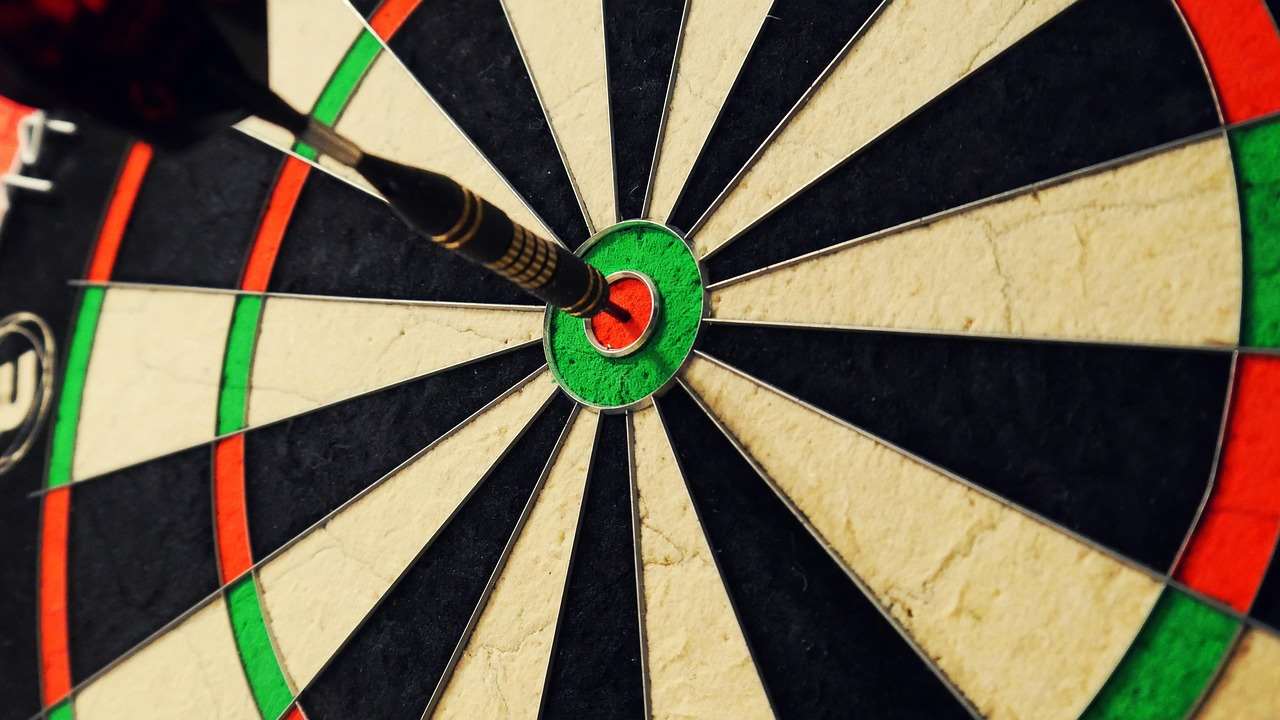
Where to Buy Target Darts Flights Sizes and Accessories
You can find a wide variety of **target darts flights sizes**, stems, and other accessories at online retailers, sporting goods stores, and specialty darts shops. Look for reputable brands known for quality and durability. Consider reading online reviews before making a purchase. Always ensure you purchase from a brand or retailer that you can rely on. Thinking of getting a new dart board? You might want to consider a dart board set nz!
Advanced Flight Tuning: Beyond the Basics
Once you’ve mastered the basics of **target darts flights sizes** and stem selection, you can delve into more advanced tuning techniques. This might involve experimenting with different winglet angles, flight textures, or even custom-made flights. Some players even use specialized software to analyze their dart’s flight path and optimize their setup accordingly. Keep in mind also that if you are playing in the semi-final rounds, you may want to understand how many legs darts semi final you need to win!
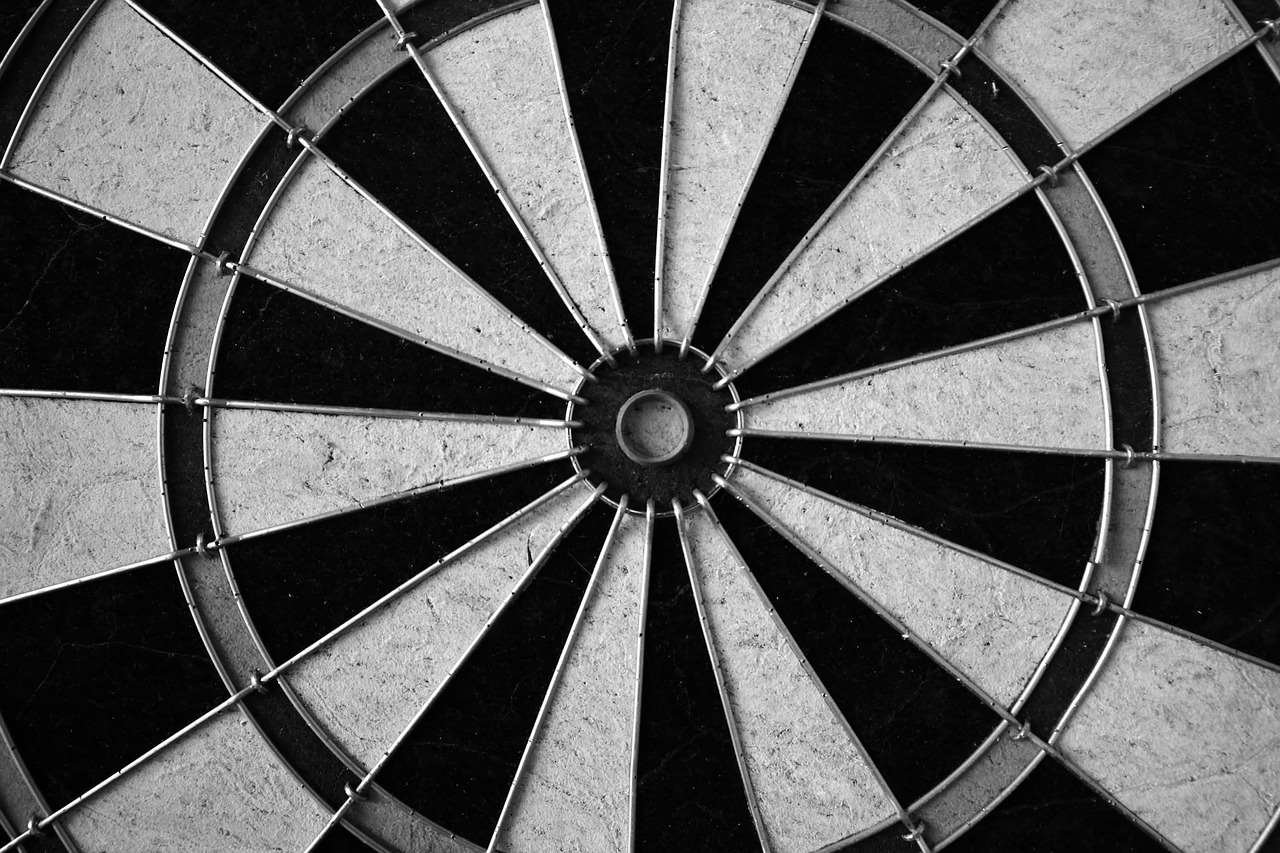
Conclusion: Finding Your Perfect Flight
Choosing the right **target darts flights sizes** and stems is a critical aspect of improving your darts game. By understanding the different shapes, materials, and how they interact with your throwing style, you can fine-tune your setup for optimal performance. Remember to experiment, observe your dart’s flight path, and don’t be afraid to make adjustments until you find the perfect fit. And if you’re looking for a way to track your progress and improve your game, check out the Darts scorekeeper app! Happy darting!
Hi, I’m Dieter, and I created Dartcounter (Dartcounterapp.com). My motivation wasn’t being a darts expert – quite the opposite! When I first started playing, I loved the game but found keeping accurate scores and tracking stats difficult and distracting.
I figured I couldn’t be the only one struggling with this. So, I decided to build a solution: an easy-to-use application that everyone, no matter their experience level, could use to manage scoring effortlessly.
My goal for Dartcounter was simple: let the app handle the numbers – the scoring, the averages, the stats, even checkout suggestions – so players could focus purely on their throw and enjoying the game. It began as a way to solve my own beginner’s problem, and I’m thrilled it has grown into a helpful tool for the wider darts community.